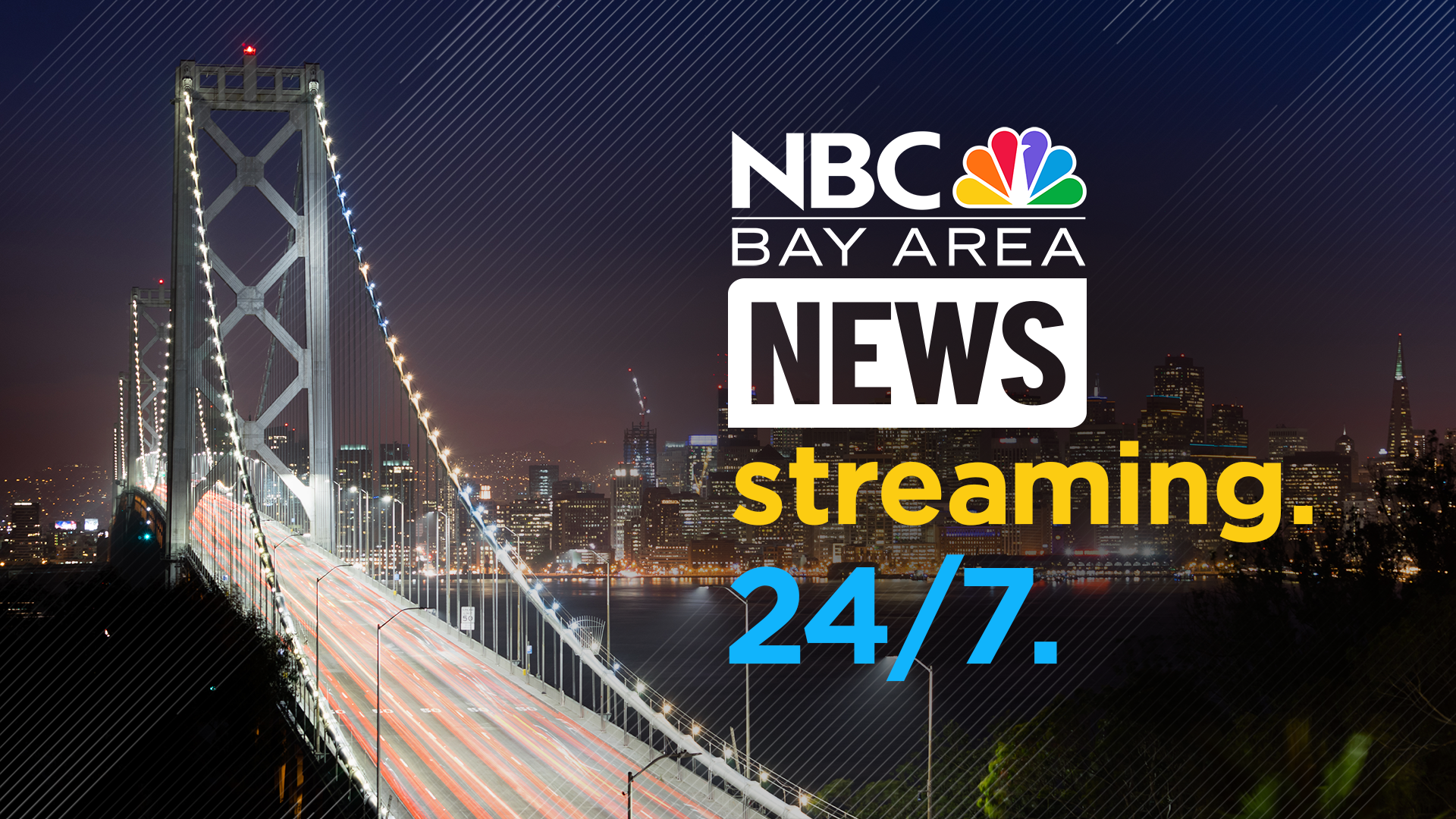Larry Harvey, whose whimsical decision to erect a giant wooden figure and then burn it to the ground led to the popular, long-running counterculture celebration known as “Burning Man,” died in San Francisco Saturday. Sergio Quintana reports.
Larry Harvey, whose whimsical decision to erect a giant wooden figure and then burn it to the ground led to the popular, long-running counterculture celebration known as "Burning Man," has died. He was 70.
Harvey died Saturday morning at a hospital in San Francisco, surrounded by family, Burning Man Project CEO Marian Goodell said. The cause was not immediately known but he had suffered a stroke earlier this month.
Longtime friend Stuart Mangrum posted on the organization's website that Harvey did not believe in any sort of existence after death.
"Now that he's gone, let's take the liberty of contradicting him, and keep his memory alive in our hearts, our thoughts, and our actions," Mangrum wrote. "As he would have wished it, let us always Burn the Man."

The creator of the annual week-long summer festival in Northern Nevada's Black Rock Desert was hospitalized April 4 after suffering a massive stroke. The Burning Man organization did not disclose his prognosis, only saying that he was getting round-the-clock care.
Burning Man takes place annually the week before Labor Day, attracting some 70,000 people who pay anywhere from $425 to $1,200 a ticket to travel to a dry lake bed 100 miles (161 kilometers) east of Reno, where temperatures can routinely reach 100 degrees (37.8 degrees Celsius) during the summer. There they must carry in their own food, build their own makeshift community and engage in whatever interests them.
On the gathering's penultimate day, the giant effigy — or Man as it is known — is set ablaze during a raucous, joyful celebration.
Local
"A city in the desert. A culture of possibility. A network of dreamers and doers," is how the gathering is described on Burning Man's website.
An "esoteric mix of pagan fire ritual and sci-fi Dada circus where some paint their bodies, bang drums, dance naked and wear costumes that would draw stares in a Mardi Gras parade," is how The Associated Press once described the gathering.
While tickets now sell out immediately, Harvey described in a 2007 interview how he had much more modest intentions when he launched Burning Man on San Francisco's Baker Beach one summer day in 1986.
"I called a friend and said, "Let's go to the beach and burn a man," he told the website Green Living. "And he said, 'Can you say that again?' And I did and we did it."
It wasn't until afterward, Harvey recalled, that he had the epiphany that led to Burning Man.
"What really changed my life and what in some sense gave birth to the rest of my life and career is the fact that suddenly all these people, on that beach, who we didn't know, strangers, came running towards that figure," he said. "The spectacle was fine, but it was people who joined us in such a heartfelt and instantaneous way. It opened our hearts and that's what made us feel and know in the end that we had to do it and keep doing it."
Within a few years the event had outgrown Baker Beach and moved to the desert.
While Harvey would speak frequently about Burning Man in the years that followed, he would reveal little about himself and it was often hard to discern truth from fiction.
He believed he was conceived in the back of a Chevrolet by parents who abandoned him soon after his birth, he once told the Reno Gazette-Journal.
Adopted by potato farmers and raised near Portland, Oregon, he said he hitchhiked to San Francisco at age 17, arriving just as the 1967 Summer of Love was ending.
After that first fire in 1986, Burning Man flourished as Harvey meticulously oversaw its every detail from the various communities that would spring up overnight to its annual arts theme to the beautifully crafted temple that accompanies Burning Man and is also burned.
He laid out 10 "principles" for those who attend, including interacting and sharing unselfishly with one another, developing self-reliance and, after the event's conclusion, leaving the desert landscape unspoiled.
Harvey eventually formed a limited liability corporation to put on Burning Man, converting it in 2013 to a nonprofit with 70 employees and a budget of $30 million. He was president of its board and "chief philosophic officer."
Although known for retaining its joyful celebrative atmosphere as it grew from a small gathering to one of gigantic proportions, Burning Man occasionally had its problems.
In 2017, a man ran into Burning Man's flames, suffered burns over almost all of his body and died. In 1996, three people were injured when a drunken driver ran over their tent. That same year a man was killed when his motorcycle collided with a van carrying people to the festival.
In 2007, a prankster set fire to Burning Man four days early and it had to be frantically rebuilt while the man was charged with arson.
After the 1996 troubles Harvey had a falling out with John Law, who had co-founded Burning Man with him and who sued to have its trademark placed in the public domain. They settled out of court and Harvey retained control.
"We don't use the trademark to market anything. It's our identity," said Harvey, who often spoke against the commodification of popular culture.



